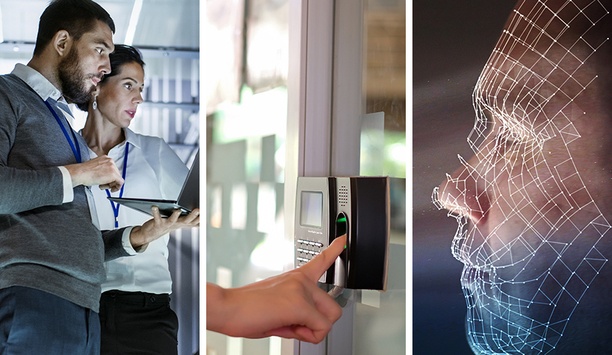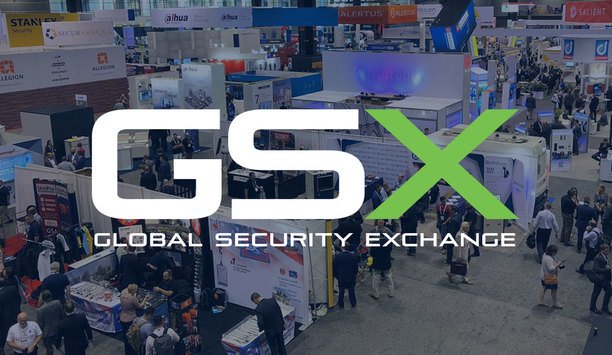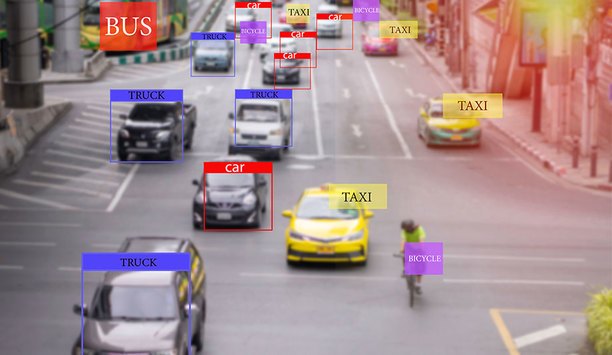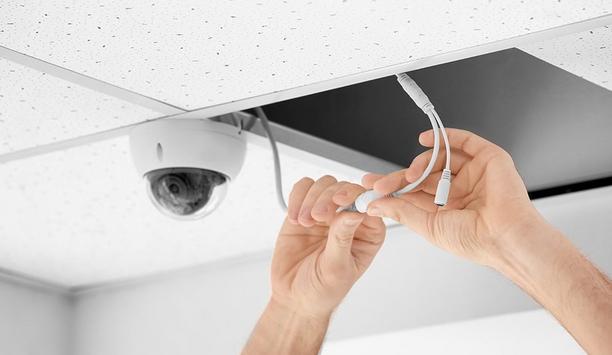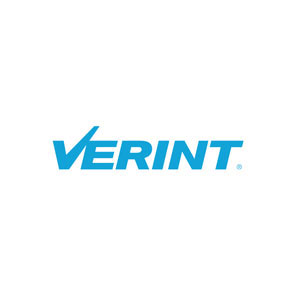Alex Johnson

Alex Johnson
Senior Director of Product Marketing, Verint SystemsAlex Johnson is currently a Senior Director at Verint Systems. Alex has been in the video and security industry for more than 15 years working with large Financial and Retail customers. He specializes in focusing on how the trends of the IoT, deep learning and Big Data transform modern-day organizations. He holds a Bachelor’s degree in Engineering and a Master’s Degree in Business Administration.
Round table contributions
As an industry, we often speak in buzzwords. In addition to being catchy and easy to remember, these new and trendy industry terms can also reflect the state of the security market’s technology....
The first half of 2020 has been full of surprises, to say the least, and many of them directly impacted the physical security market. The COVID-19 pandemic created endless new challenges, and the phys...
Traditionally, dealer-installers and/or integrators provide the front line of support to end user customers after a sale. Because integrators assemble and provide the “solution” – of...
The general public gets much of its understanding of security industry technology from watching movies and TV. However, there is a gap between reality and the fantasy world. Understanding of security...
Cloud systems are among the fastest-growing segments of the physical security industry. The fortunes of integrators can improve when they embrace a recurring monthly revenue (RMR) model, and cloud sys...
We live in an era of Big Data. Surrounded by a flood of information, more companies are looking for ways to analyze that information (data) and systematically extract intelligence that can help them o...
Ten years is a long time, but it seems to pass in an instant in the world of security. In terms of technology, 2010 is ages ago. Changes in the market have been transformative during that decade, and...
The role of video surveillance is expanding, driven by all the new ways that video – and data culled from video – can impact a business. As a growing population of video cameras expands in...
Tools such as standard operating procedures (SOPs) and checklists ensure that every factor is considered when installing a physical security system – or do they? Security system installations ar...
Products are the building blocks of the security industry. Historically much of the industry’s sales effort has been focused on highlighting product features and functionality. At the end of the...
While unpacking our bags from a trade show, it is interesting to consider the dominant themes and trends we heard and saw at the show. So it is with the recently concluded Global Security Exchange (GS...
Video analytics are undergoing a fundamental change in the market as machine learning enhances their accuracy while expanding their capabilities. But what are those expanded capabilities and how are t...
An aging employee population and the influx of a new generation of workers and customers is driving change in the physical security industry. Millennials – those born in the 1980s and mid-1990s...
There will be more artificial intelligence, more machine learning, video systems with more capabilities, and all of it will add greater value to our solutions. Those are among the expectations of our...
People are an essential component of any physical security system. Automation hasn’t taken over completely yet! But how has innovation changed the skillsets security operators need to operate sy...
Articles by Alex Johnson
As a leader, I am a big proponent of using what’s happened in the past — and is currently happening in the present — to better prepare our business and our customers for what’s...
2017 demonstrated the need for increased safety, security, and collaboration. We predicted that there would be an increase in the role of cybersecurity in 2017, and without a doubt there was great foc...
News mentions
As an industry, we often speak in buzzwords. In addition to being catchy and easy to remember, these new and trendy industry terms can also reflect the state of the security market’s technology....
Retrofit projects provide new levels of physical security modernisation to existing facilities. However, retrofits come with their own set of challenges that can frustrate system designers and defy th...
The first half of 2020 has been full of surprises, to say the least, and many of them directly impacted the physical security market. The COVID-19 pandemic created endless new challenges, and the phys...
Traditionally, dealer-installers and/or integrators provide the front line of support to end user customers after a sale. Because integrators assemble and provide the “solution” – of...
The general public gets much of its understanding of security industry technology from watching movies and TV. However, there is a gap between reality and the fantasy world. Understanding of security...
Cloud systems are among the fastest-growing segments of the physical security industry. The fortunes of integrators can improve when they embrace a recurring monthly revenue (RMR) model, and cloud sys...
We live in an era of Big Data. Surrounded by a flood of information, more companies are looking for ways to analyze that information (data) and systematically extract intelligence that can help them o...
Ten years is a long time, but it seems to pass in an instant in the world of security. In terms of technology, 2010 is ages ago. Changes in the market have been transformative during that decade, and...
The role of video surveillance is expanding, driven by all the new ways that video – and data culled from video – can impact a business. As a growing population of video cameras expands in...
Tools such as standard operating procedures (SOPs) and checklists ensure that every factor is considered when installing a physical security system – or do they? Security system installations ar...
Products are the building blocks of the security industry. Historically much of the industry’s sales effort has been focused on highlighting product features and functionality. At the end of the...
Video analytics are undergoing a fundamental change in the market as machine learning enhances their accuracy while expanding their capabilities. But what are those expanded capabilities and how are t...
Verint intelligent security solutions help reduce fraud and loss, boost operational efficiency Verint® Systems Inc.recently announced the expansion of its portfolio of security...



